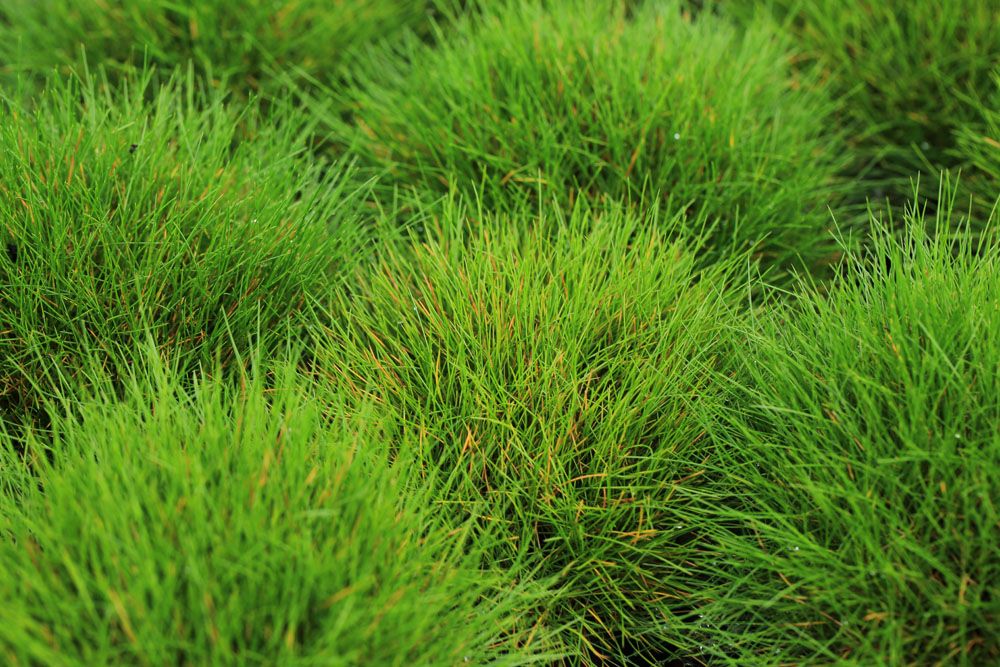
Festuca eskia – Festuca scoparia – Festuca varia var. scoparia – Beargrass – Bearskin Grass- Fescue
Festuca – Fescue –
There are about 300-400 species of deciduous or evergreen, rhizomatous, often tufted, perennial grasses, in this genus. They occur in grassland, woodland, edges, and stream margins throughout temperate zones. Many are grown as a turf or pasture grass. A few ornamental species have attractive inflorescences, but most are grown for their foliage, which is often blue green or blue-gray. The 5 to 9 veined, lance shaped leaves are flat, folded, or rolled. Dense or loose, branched panicles of flattened spikelets, with glaucous or brownish green inflorescences, are borne from spring to summer. Grow fescues singly or in groups in a border or rock garden to provide foliage contrast with alpines,
Grow in poor to moderately fertile, dry, well drained soil in full sun.
Prone to ergot, powdery mildew, rust, smut, brown patch, Helminthoporium leaf spot, net blotch, pink snow mold, anthracnose, eye spot, and summer blight.
F. eskia – F. scoparia – F. varia var. scoparia – Beargrass – Bearskin Grass – This compact, rhizomatous, mound or cushion forming, evergreen perennial grass from the Pyrenees grows 6″ tall and 10″ wide. It produces stiff, narrowly linear, inrolled, dark green needle like leaves, to 8″ long. In early and mid summer it bears open, pendent, ovoid panicles, to 4″ long, with spikelets tinted green, orange, or yellow.
Zones 5-7
